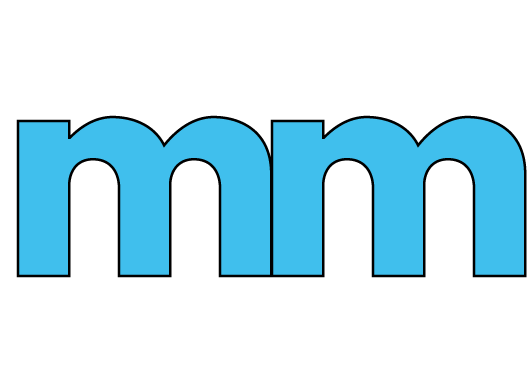Recently, I finished the book A New Culture of Learning by Douglas Thomas and John Seely Brown that was published in 2011. The book was a fascinating, albeit slightly out of date, reflection on how teaching and learning have changed over the last twenty years, especially examining the impact of new technology during the time period. While the book was extremely fascinating and I highly recommend, there is one part that I truly wish to highlight.
For most of the twentieth century our educational system has been built on the assumption that teaching is necessary for learning to occur.
Thomas & Brown (pg. 34, 2011)
When I started my journey in education, this was my thought. I was not yet wise to the idea that teaching and learning come from many different places. For instance, during my student teaching and my first year in the classroom, I did a lot of the “Sage on the Stage” style teaching. It was very much my thought and idea that my students could not learn unless I taught them the material. Looking back, I recognize how flawed this thinking was. And for how long it had been flawed.
For instance, no one moved my legs for me when I was trying to learn to walk, yet I still learned. This example, while it may be extreme, illustrates the idea that there does not have to be a formal teacher from the earliest stages.

This is not an argument that teachers are not essential, but instead, that the assumptions that we make about how our students can learn the curriculum is extremely important. If you are looking for ways to help your students learn in many different ways, there are quite a few options. One of my favorites is the idea of providing our students with “Voice and Choice” in what and how they are learning the material. I don’t think there are many teachers that would argue that all students learn the same way even when all students still are responsible for the same content, the routes they take can vary greatly. I love to describe this as a map. There are many ways to go from point A to point B, so why would we force our students into a traffic jam as they get there. The voice and choice approach helps teachers move from that “Sage” to the role of a facilitator that has empowered their students to do amazing things!
